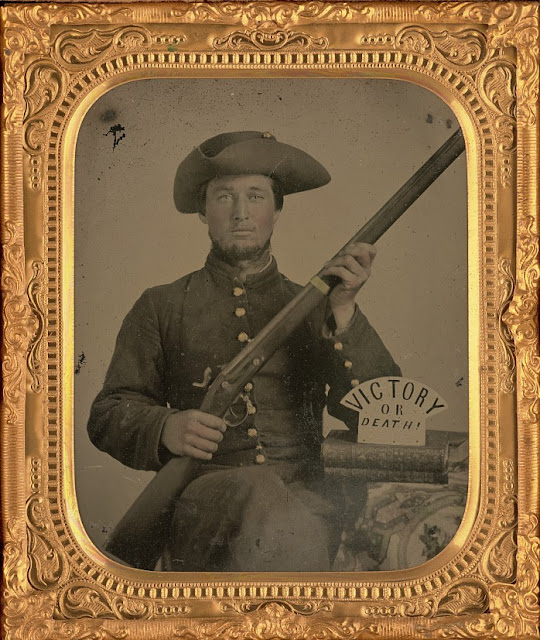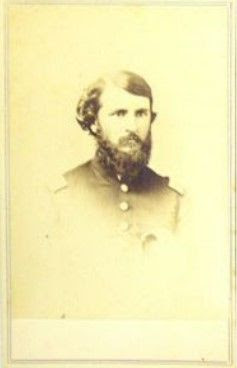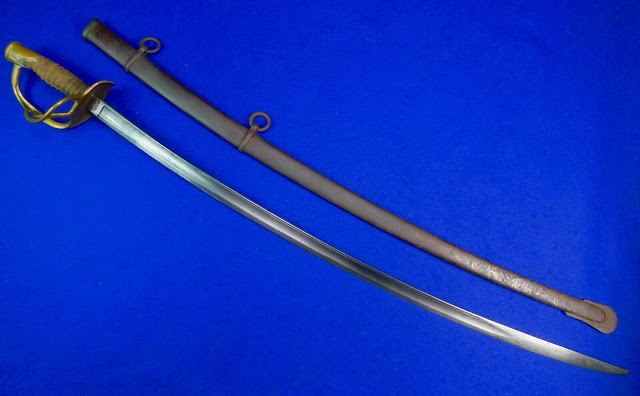Old Blucher Thompson Charges the Round Forest at Stones River

A fter Major John Clarke Thompson of the 44 th Mississippi lost his life on the second day of the Battle of Chickamauga, he was remembered in many ways. His immediate commander Colonel J.H. Sharp called Thompson “fearless among the fearless” while General Patton Anderson recalled Thompson as a “man of education and position at home, of an age far beyond that prescribed by the laws of the land for involuntary service.” Thompson, born in 1805 in Georgia, had by 1860 moved near Hernando in DeSoto County, Mississippi where he had built up a substantial plantation and developed a reputation as an astute attorney. In the secession crisis that followed Abraham Lincoln’s election in November of that year, Thompson “did not hesitate to avow himself a secessionist” and following the outbreak of war, volunteered as a private soldier in Co. D of Blythe’s Mississippi regiment along with his eldest son Fleming. “When asked why he enlisted at his age (56), he replied that he had talked and voted f...












